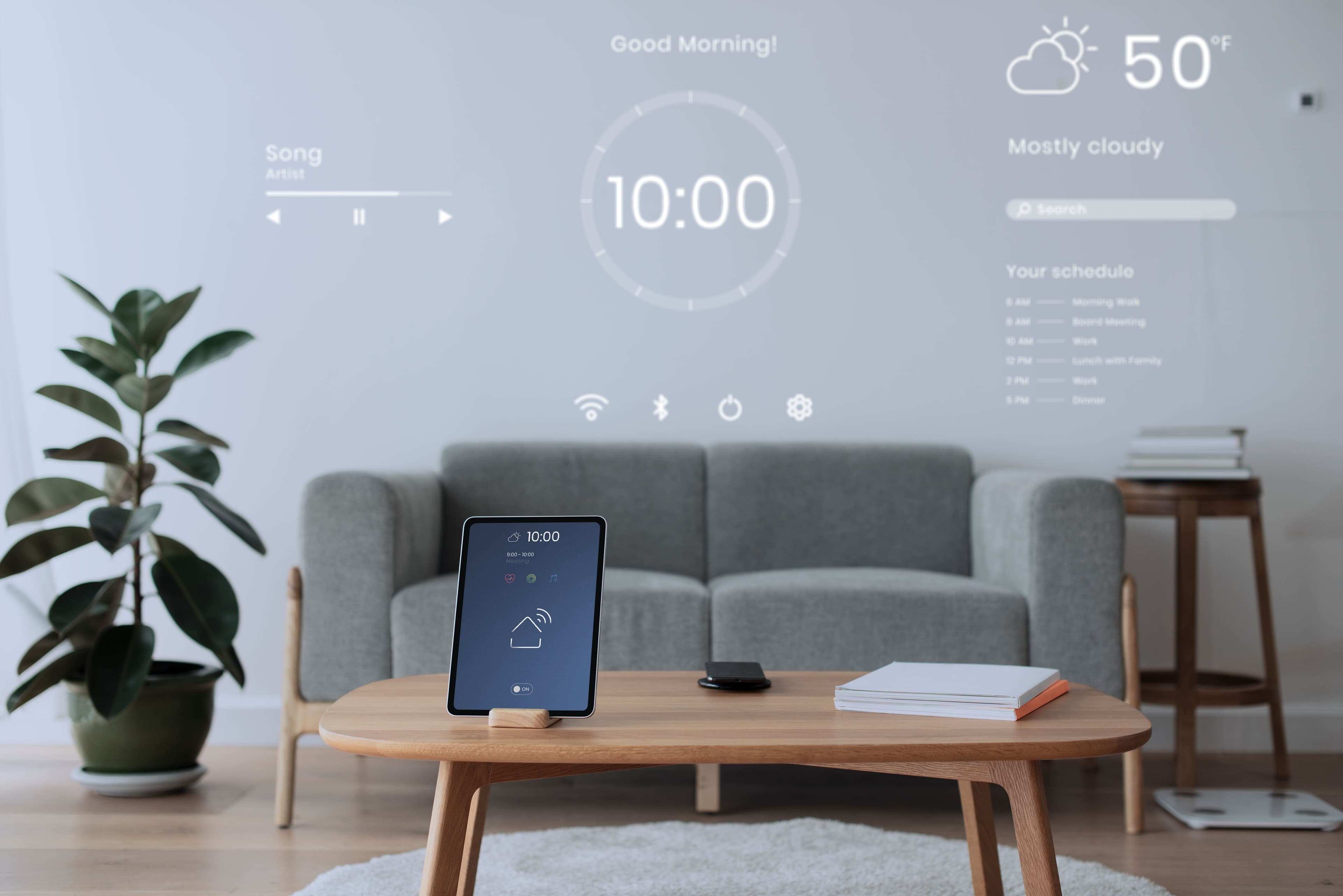
Smart home devices have evolved far beyond voice activated assistants and automated lighting. In 2025, they’re smarter, faster, and more integrated than ever, but that doesn’t always mean they’re easier to use. For many users, smart home tech offers real convenience. For others, it can still feel like a maze of apps, hubs, and updates.
So is it truly seamless now or still too complex for the average user? Let’s break it down.
The smart home ecosystem has become broader and more unified, with some notable trends defining 2025:
With smarter triggers and routines, you can automate lighting, climate, music, and even appliances based on time, location, or behavior. The result: less manual control, more ambient intelligence.
Modern smart cameras, locks, and sensors offer real time alerts, facial recognition, and even package detection. Remote monitoring has become far more intuitive and secure.
Devices now actively adjust to your habits and usage patterns. Many homes using smart energy management systems report measurable savings on electricity bills within months.
From morning wake up lighting to after work mood scenes, smart home setups now enhance comfort and personal routine. When it works, it really works.
Even though many devices are smarter, the number of apps, brands, and platforms can still feel overwhelming. Not every product plays nicely with others, especially in mixed brand households.
Despite standards like Matter, older devices or cheaper gadgets often have trouble connecting. You might still need a hub, bridge, or workaround to get everything running smoothly.
Initial setup, firmware updates, account linking, and app navigation can be time consuming. For non tech savvy users, that complexity can outweigh the benefit—at least in the beginning.
Yes, especially if you’re starting fresh in 2025. Modern platforms like HomeKit, Alexa, and Google Home are far more intuitive than they were just a few years ago. Setup flows are simpler, and device pairing is faster. But retrofitting a home or mixing brands still carries its share of headaches.
In 2025, smart home technology is more convenient than ever if you invest in the right ecosystem and stay within it. For people who want plug and play simplicity, brands offering unified experiences across devices now make that possible.
But if you want total control across multiple brands or advanced customization, some complexity is still part of the deal.
Smart homes are no longer just about cool features, they’re about real comfort, efficiency, and value. Just know that like any system, the smoother the setup, the better the experience.